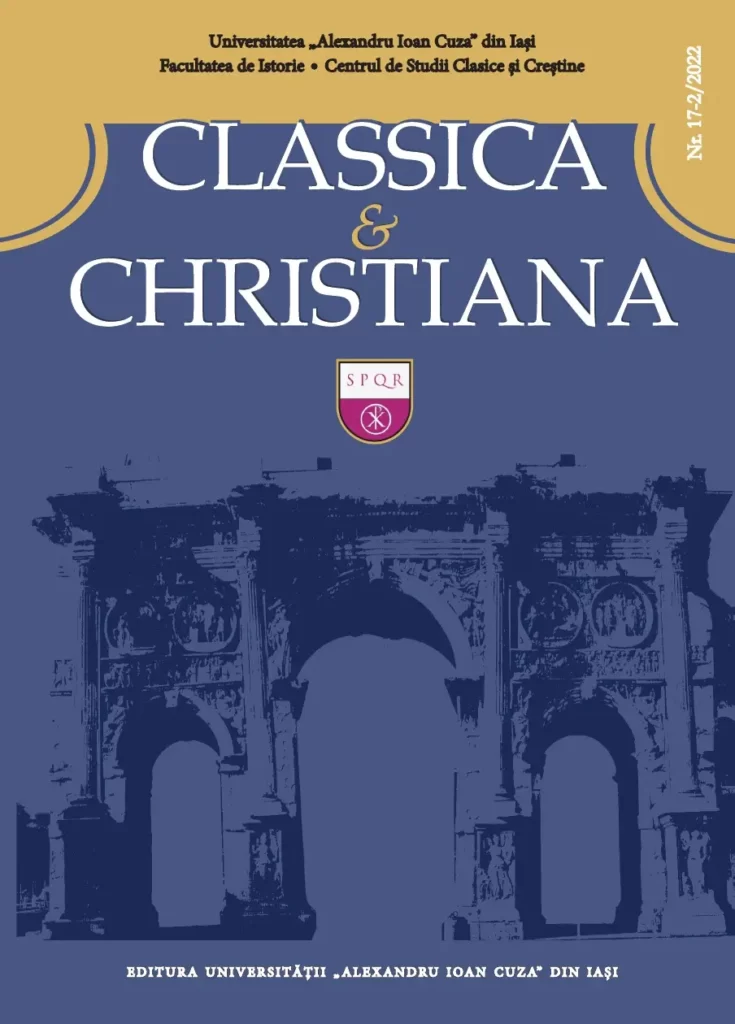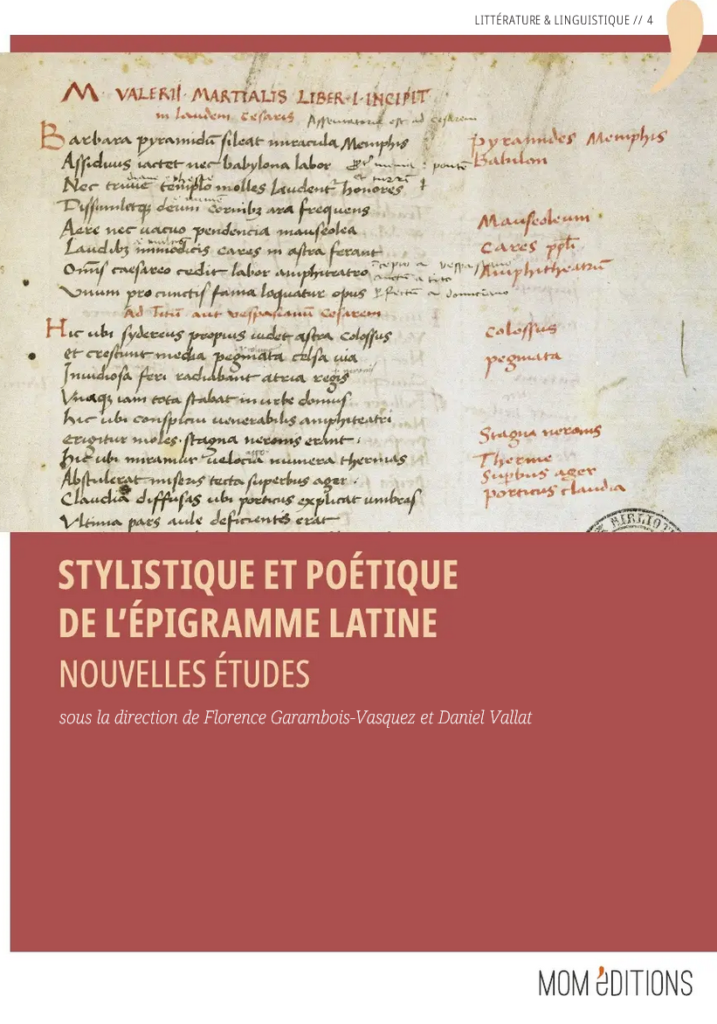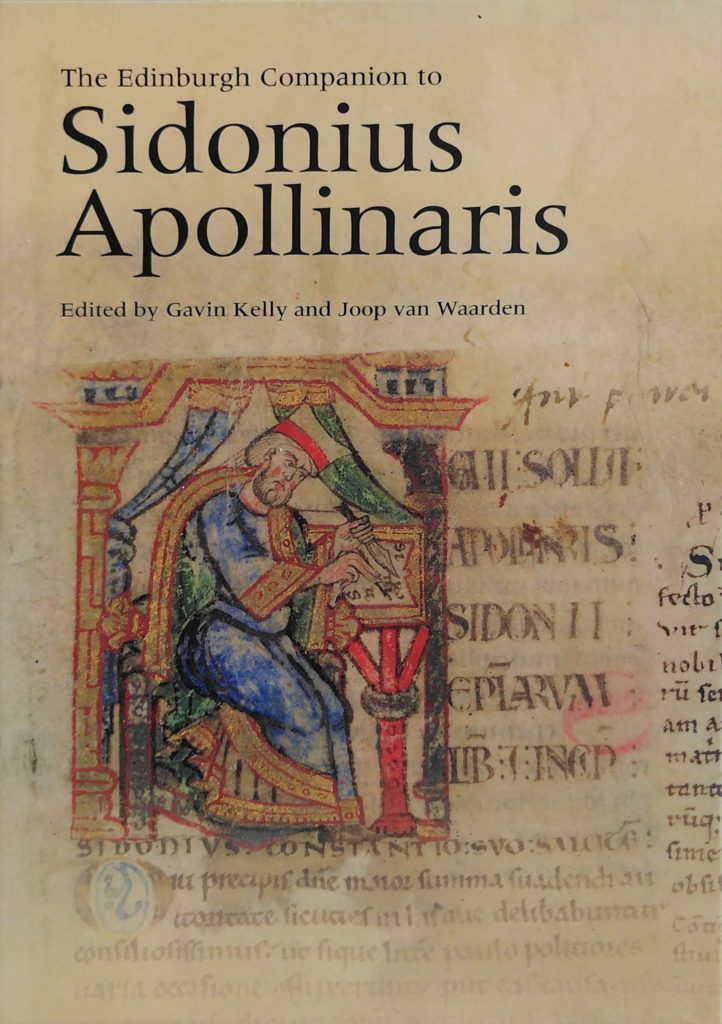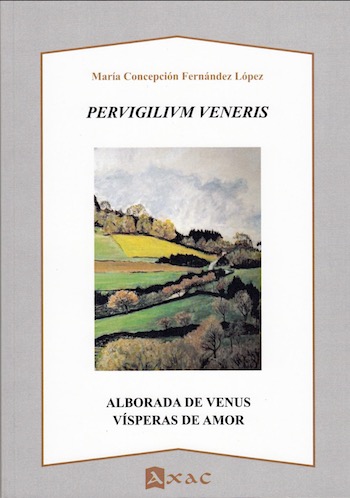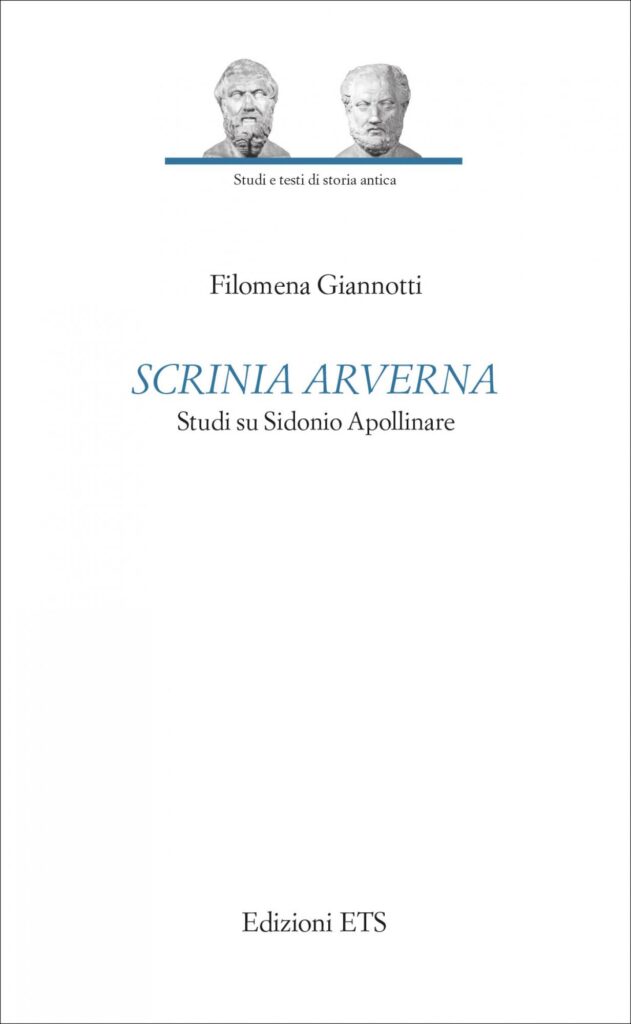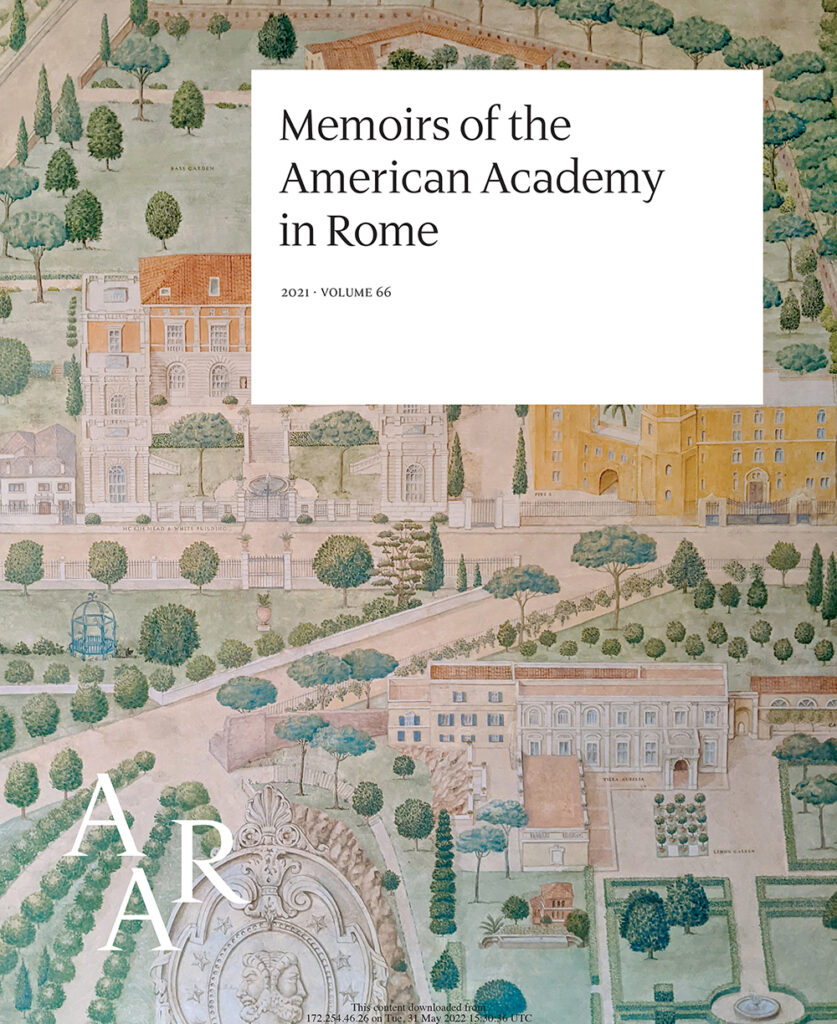Patrizia Mascoli writes on ‘Le lettere commendaticiae in Sidonio Apollinare tra vita quotidiana e impegni istituzionali’ in Classica et Christiana 17 (2022) 555-67.
This issue 17/2 contains the Atti dell’XII convegno romeno-italiano: Tradizione e innovazione tra antichità classica e cristianesimo (Bari-Iaşi, 13-15 dicembre 2021) a cura di Nelu Zugravu. Download here.

